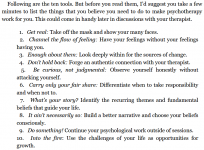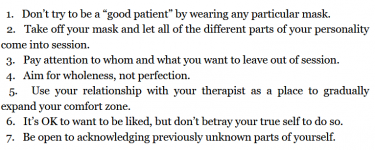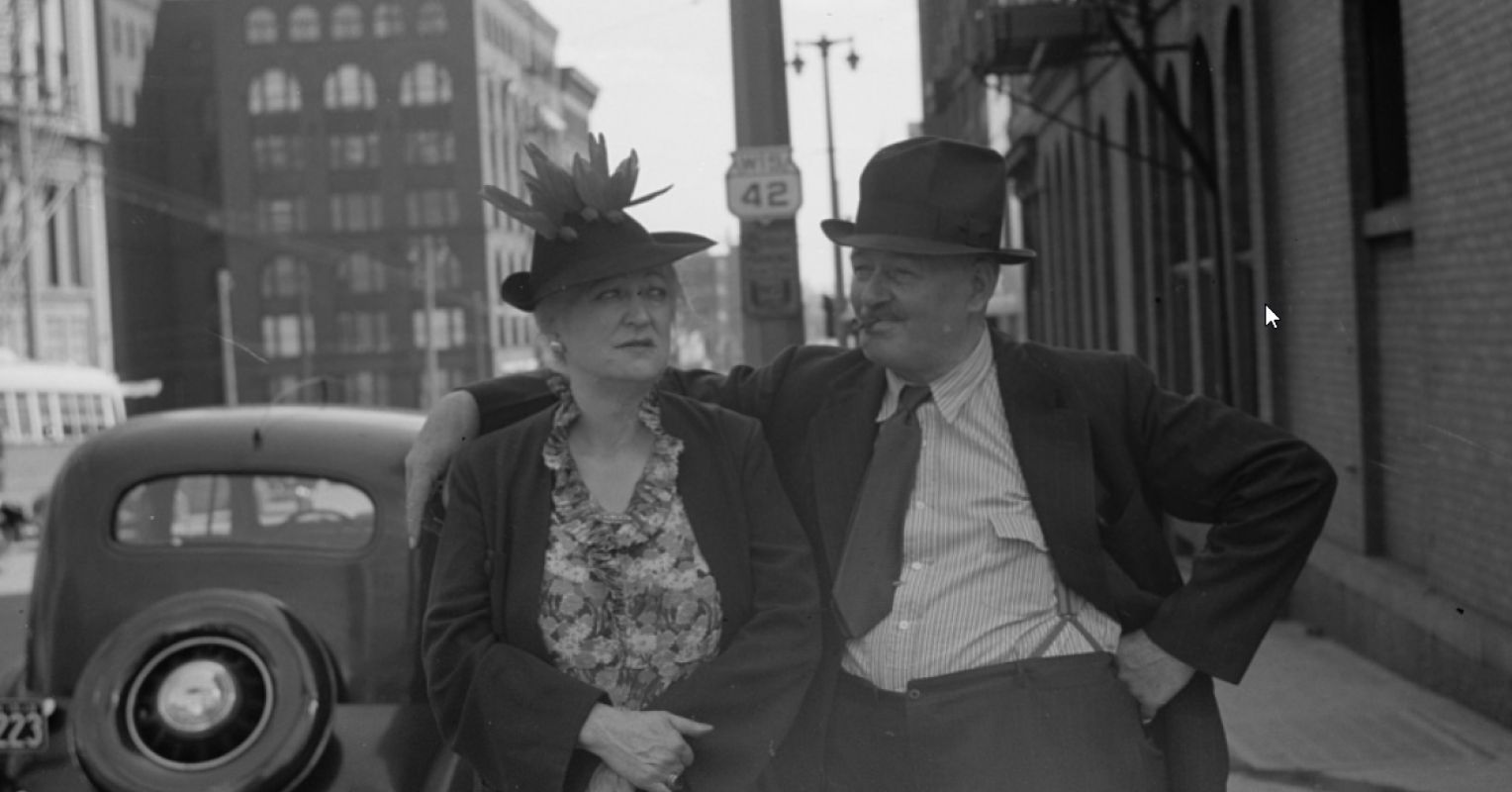David Baxter PhD
Late Founder
https://kungfupsychiatry.com/articles/supportive-psychotherapy-treatment-as-usual
In my community, I can find 10 therapists who primarily provide supportive psychotherapy for every 1 therapist trained in and willing to provide CBT. Most community therapists, even if they are excellent at delivering CBT, Interpersonal Therapy (IPT) or Acceptance and Commitment Therapy (ACT), drift away from rigidly adhering to those models and end up performing a blended therapy. Some of these blended therapies would best be described as supportive psychotherapy, especially if no homework is given to the patient between sessions.
To be fair, some clients are resistant to certain therapies and some are simply resistant to doing homework of any kind between sessions. The therapist has to know not only what works but what will work for a specific client, and that is often the primary reason for moving to blended or modified therapies.







